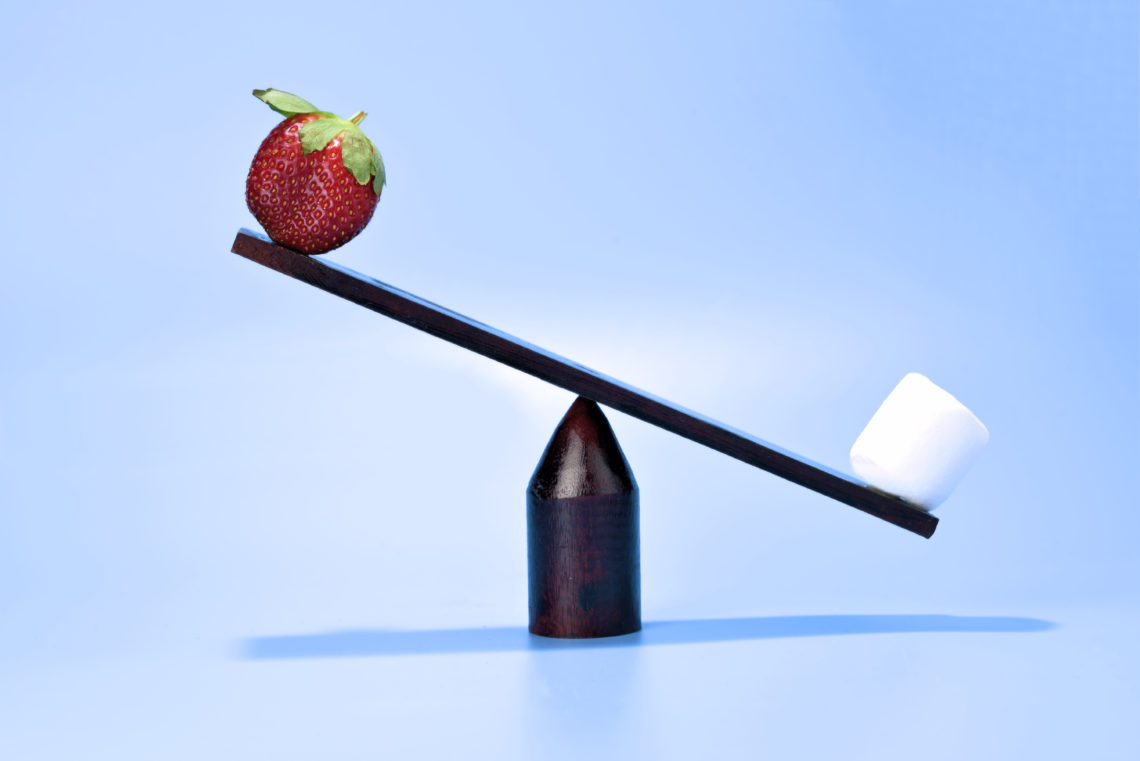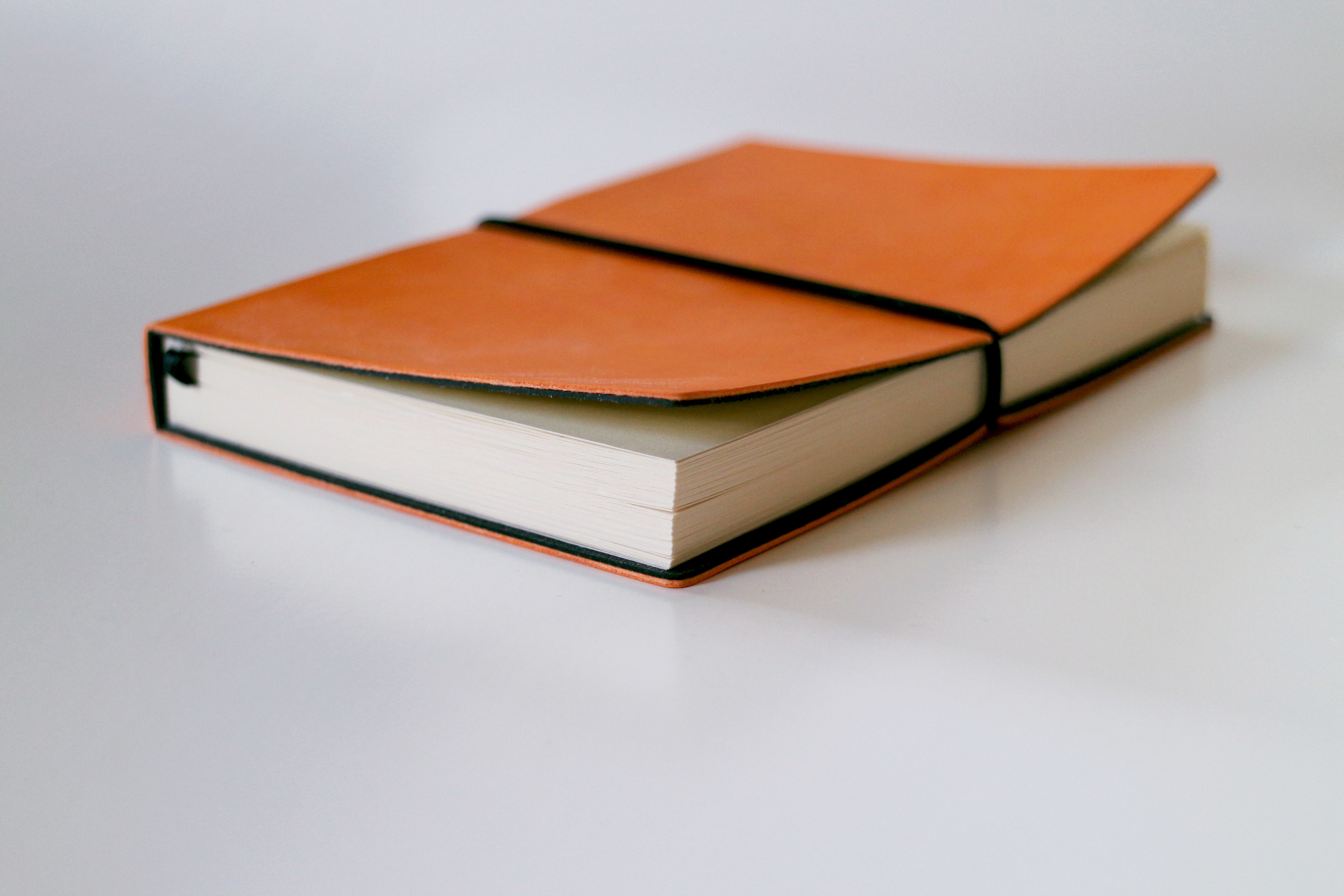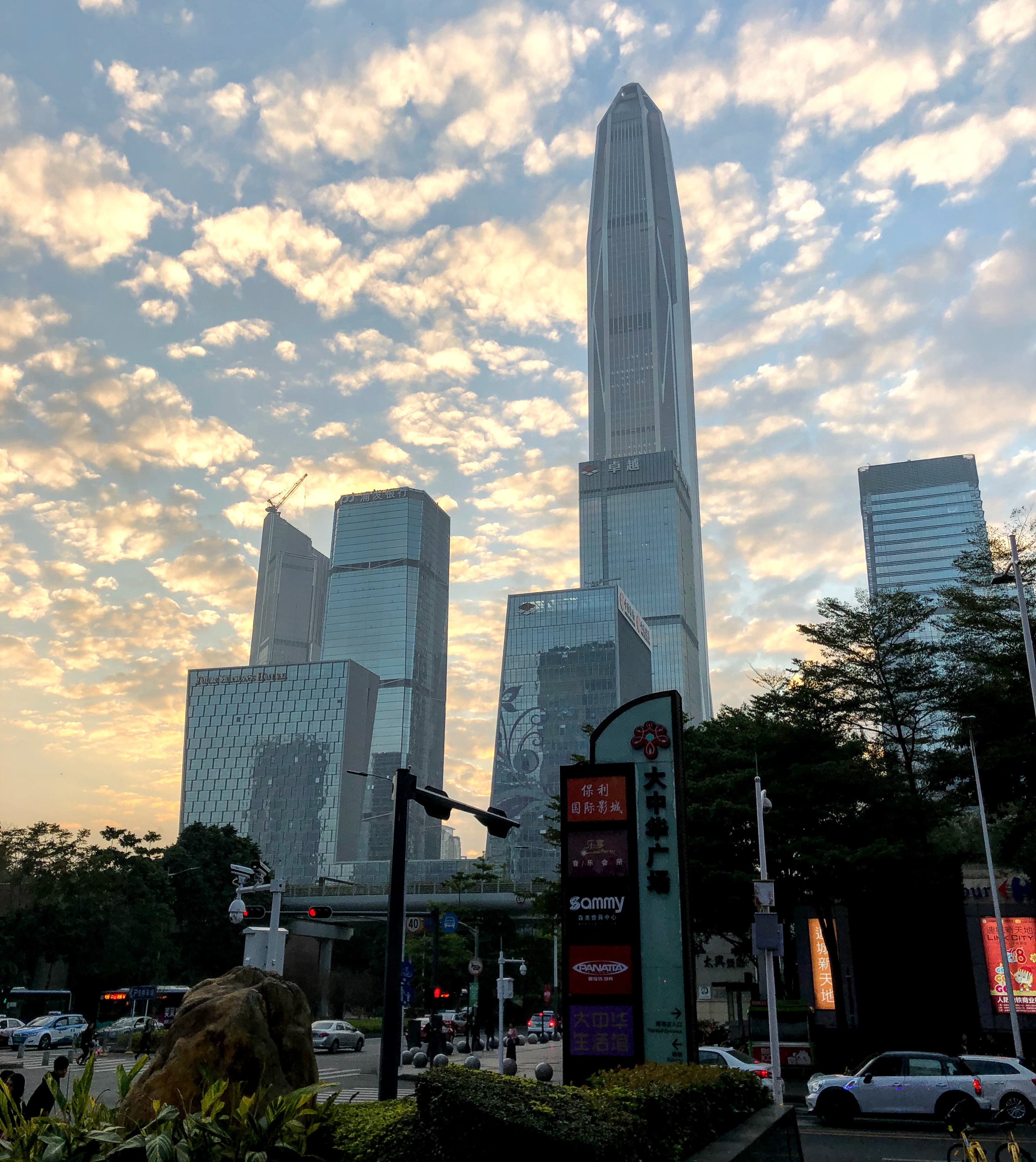There is no doubt that the drafting quality of a patent can be crucial in determining the success (or failure!) of the patent during litigation. However, due to various reasons, patents often fail to use the right drafting strategies that best protect the invention. Too often, inexperienced or unsophisticated patent drafters merely listen to an inventor and literally describe the features of an invention. Worst yet, some inventors try to draft their own application, making the similar mistake of describing an invention too specifically and narrowly, leaving plenty of “design-around” space. Even though a patent may grant, the protection scope for that invention is weak, at best, and may even become null if it is challenged in court. Today’s case illustrates the consequences of poor drafting.
Consider: Should relevant technical features known to the inventors at the time of drafting (but not written in the claims) be considered equivalents and thus be included within the protection scope of the claims?
Basic Background
This case involves alleged infringement of a Chinese patent directed towards electric hedge trimmer heads owner. The patent owner ZhongSen sued Great and Anglin for patent infringement, alleging that Anlin sold infringing trimmer heads to Great, who assembled the heads together with other components into hedge trimmers, which were then sold.
Basic information of the patent involved
|
Patent No. |
ZL201610201500.0 (An electric hedge trimmer) |
|
Granted on |
24 Jul 2018 |
|
Appellee(patent owner) |
Xuzhou Zhongsen Smart Equipment Co., Ltd. (ZhongSen) |
|
Appellant 1 |
Changzhou Great Garden Machinery Co., Ltd (Great) |
|
Appellant 2 |
Ningbo Anglin Intelligent Equipment Co., Ltd. (AngLin) |
Court History
|
21 Aug 2019 |
Zhongsen sued Great and AngLin before Suzhou Intermediate People’s Court |
Request: Zhongsen requests that Great and Anglin stop infringement and compensate for losses; |
|
9 Nov 2020 |
The Suzhou Intermediate People’s Court made the first-instance judgment [1] |
Confirmed Facts: Anglin sold the hedge trimmer cutter heads to Great, and Great assembled the hedge trimmer cutter heads purchased from Anglin with other components into hedge trimmers and then sold them. Suzhou Intermediate Court Decision: Great’s actions constituted equivalent infringement. Award: Joint compensation of Great and Anglin to Zhongsen for economic losses of RMB 80,000 yuan and reasonable expenses of RMB 20,000 yuan |
|
2 Apr 2021 |
The PRB decided on the request for invalidation of the patent filed by Great |
PRB Decision: All claims remain valid. |
|
19 Jul 2021 |
Supreme People’s Court makes final judgment [2] |
SPC Decision: Great’s actions did not constitute an equivalent infringement, and therefore Anglin’s actions did not constitute an infringement either. |
The Opinion of the Supreme People’s Court
The Supreme Court opined that the disputes, in this case, were: (1) whether the accused infringing product fell within the claim scope of the patent involved; (2) whether Great had carried out manufacturing of the product; and (3) whether Anglin’s actions constituted infringement and whether it should bear legal responsibility.
Since the conclusion of Dispute (1) was the basis for judging (2) and (3), the following analysis of the Supreme People’s Court focused on (1).
Whether the accused infringing product falls within the claimed scope of the patent involved: Should the claim term “motor” encompass fuel engines?
Great and Anglin argued that the accused infringing product had a different driving mode compared with what was claimed in the patent. The alleged infringing product used a fuel engine as the power source while the patented invention used a motor as the power source. The Supreme People’s Court opined that the scope of protection of a patent should be determined by the elements and limitations included in the claims, and the description and drawings could facilitate the interpretation of these technical features described in the claims.
Proper determination of claim scope serves two functions: 1) protect the interests of the patentee by providing a strong and clear protection scope, and 2) providing information to the public about the protection scope, thereby maintaining public trust in the issued patents in order to balance the interests between the patentee and the public. If the patentee clearly knows of a relevant technical solution or feature when drafting the application but has not included it within the claims, the doctrine of equivalents shall not be applied to said technical solution or feature in the lawsuit of infringement. The claim scope of the patent should not be expanded, and therefore the technical solutions or features not included in the claim should not be regarded as equivalent technical solutions or features.
Specifically, in this case, the technical feature “fuel engine” should not be regarded as an equivalent to “motor” in claim 1, because the patent precisely defined the subject matter of the patent as “an electric hedge trimmer”, which also includes a “motor,” to which the “electric” feature described in the preamble would apply.[3] The detailed description of the patent involved also proves that the patentee was clearly aware of the fact that there are two kinds of hedge trimmers in the existing technology during the drafting stage, i.e., motor drive and fuel engine drive. Additionally, the invention was described as having a new technical effect that was “environmental friendly and pollution-free” over the existing technology.[4] In this case, determining that a fuel engine drive is an equivalent to a motor drive would be antithetical to a patent’s main purpose of being a public document which outlines clear and trusted protection scopes.
To summarize, the Supreme People’s Court revoked the original court’s decision, determining that the driving method of the accused infringing product was not equivalent to the driving method of the patent involved. As such, The Supreme People’s Court concluded that the accused infringing product did not fall within the claim scope of the patent involved. Since the conclusion of Dispute (1) is non-infringement, the conclusions of Dispute (2) and (3) are also obvious and will not be repeated here.
The thoughts of EIP
The first instance court took a classical approach in its doctrine of equivalents analysis, but it did not fully consider the teachings in the specification when interpreting claim scope, leading to a decision of infringement due to equivalence. The Supreme People’s Court, on the other hand, took a more holistic and balanced approach. Not only did it think about the public policies surrounding patents in general, it also took into account the actual details of the case, specifically the support provided by the examples in the specification.
Too often, poorly drafted patent applications lack sufficient details and working examples to strongly support broader claims. Other times, careless statements made in the specification about an invention can unduly narrow the claim scope beyond what the inventor originally intended. Finally, overly narrowly drafted patent claims will have a difficult time relying on the doctrine of equivalence to reach beyond their small scopes to capture seemingly obvious design-arounds.
To us, this case sends a clear signal to the society: the patent owner must pay full attention to the drafting quality of a patent. Now, the court now seems much more inclined to consider public interest and the overall situation rather than forgive patent drafting negligence. Contrast this to a few years ago, when under similar circumstances judges were more forgiving of drafting mistakes, rationalizing that “the patent agency industry started late and was still under development, and the quality of writing would take time to improve”. Now, the courts are much tougher, and will not make up for a patent drafter’s failure to consider and clearly describe “obvious” variants of a particular invention into a patent application’s claims and specification.
This case is one of the 48 selected cases in the Summary of Judgments of the Supreme People’s Court on Intellectual Property Court (2021). This case demonstrates the direction in which China is pushing its state policy and law on intellectual property. Patentees and practitioners should be reminded that the judicial system’s requirements for the quality of drafting is changing. Patentees will need to bear the consequences of improper drafting that risks the loss of protection rights. We expect (and hope) that this case will prompt society to further correct the impact of “low price competition” in the patent world, where little motivation exists for the patent industry to improve drafting quality. We hope this decision can fix the dilemma patent practitioners faced in the past: what’s the point of improving patent drafting quality when it doesn’t lead to any commensurate rewards?
EIP has long emphasized the importance of patent drafting quality, and strongly believe all patent application should be drafted with future potential litigation in mind.
During the drafting stage, particularly for the cases like the one discussed above, the following tips are helpful:
- A skillful practitioner should explore the core innovation and consider all possible forms of infringing products (minimum sales unit), including potential equivalents and replacements. In this case, since the core innovation was the cutter head, a separate set of claims directed towards the cutter head only could have prevented Anglin’s infringing activities;
- If the motor is indeed so easily replaceable, the driving source should not be limited to only the motor, but be defined as a higher-level concept such as “driver”;
- A practitioner should pay close attention to how an invention’s technical advantages (such as low pollution of a motor) are described in an application. Oftentimes, examiners and courts may limit the scope of the invention to examples that “work” to achieve the advantageous technical effect, thus possibly narrowing the protection scope.
A good innovation absolutely needs an excellent and experienced patent practitioner to guide it to its ultimate success. The cost of drafting a high-quality patent application by a skillful practitioner is relatively negligible compared to the loss incurred at a later stage when the patent fails to adequately protect all of the rights.
This article is for general informational purposes only and should not be considered legal advice or a legal opinion on a specific set of facts.
-
(2019)苏05知初818号民事判决 ↑
-
Granted Patent CN 105638258 B, Claims, p2. ↑
-
Granted Patent CN 105638258 B, Description, p4-p5. ↑
About the Authors

Hebe Chau is a Chinese Patent Attorney at Eagle IP, a Boutique Patent Firm with offices in Hong Kong, Shenzhen, and Macau.

Audrey Cheung is a Patent Technology Specialist at Eagle IP, a Boutique Patent Firm with offices in Hong Kong, Shenzhen, and Macau.

Jennifer Che, J.D. is Vice President, Principal, and a US Patent Attorney at Eagle IP, a Boutique Patent Firm with offices in Hong Kong, Shenzhen, and Macau.





